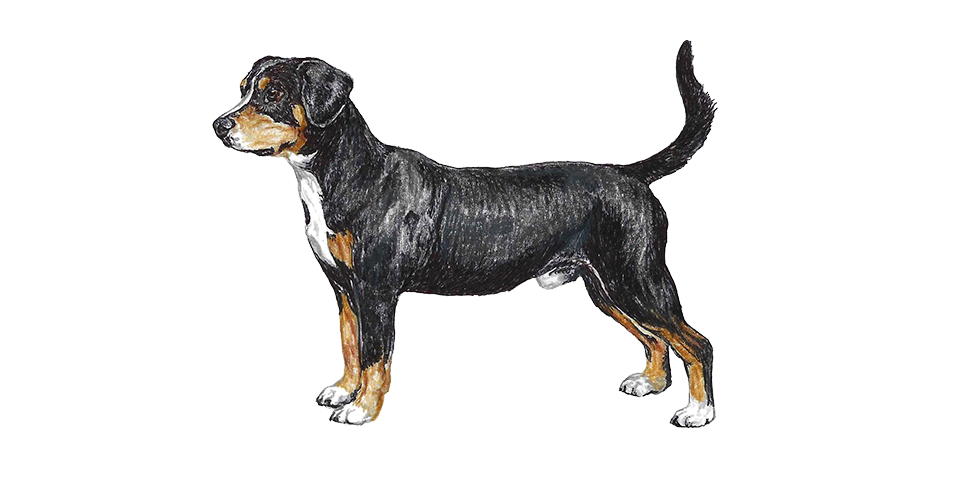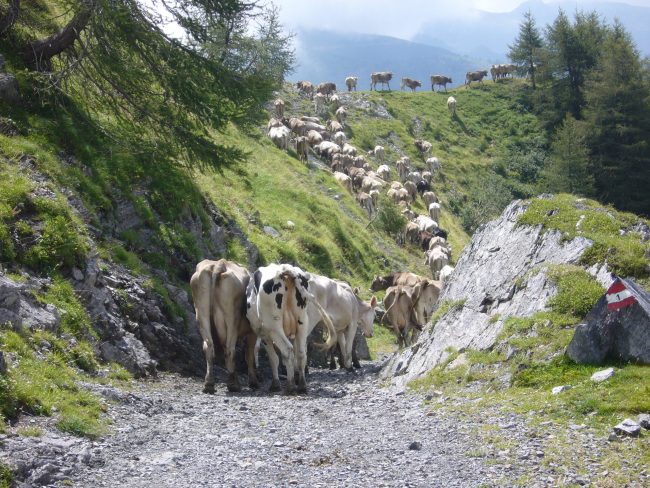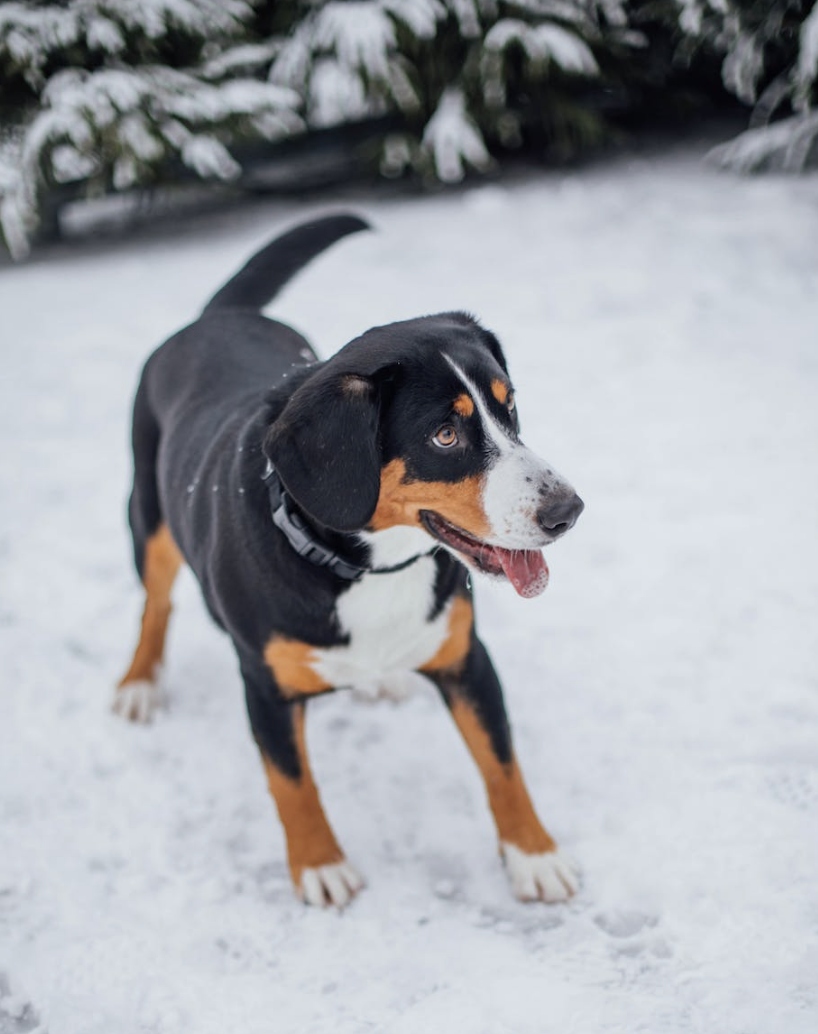
The word, “coarse” appears often in many AKC breed standards. “How many times does it actually appear,” you ask?
The answer will become dated as the AKC adds new breeds, but as of this writing, “coarse” (whether used negatively or in positive terms) appears fifty-four times when it pertains to coat texture.
When used to describe a breed’s body structure (this includes substance, bone, etc), “coarse” is used seventy-three times, twenty-seven times when it describes the head, and once with regards to cheeks.
But wait, there’s more! The Rhodesian Ridgeback standard includes it: “The tail should be strong at the insertion and generally tapering towards the end, free from coarseness.” So does the Samoyed standard, “Lip lines should not have the appearance of being coarse nor should the flews drop predominately at corners of the mouth,” as well as the Keeshond standard: “Lips should be black and closely meeting-not thick, coarse or sagging, and with no wrinkle at the corner of the mouth.”
Setting aside coat texture, the term “coarse” in a breed standard typically refers to the quality and/or refinement (or lack of) when used to describe aspects of a dog. This can include its bone, muscle, mass, and how it comes together in the dog’s substance and/or type.
Only one breed standard, however, uses “coarse” to describe foot pads, and that standard belongs to the smallest and rarest of the Swiss Mountain breeds, the Entlebucher Mountain Dog. The standard reads: “Pads coarse and robust.”
Given the breed’s original task as a working dog in the Swiss Alps, this makes sense. Entlies were used to move cows from pasture to pasture, and the topography wasn’t always “Sound of Music” gentle rolling hills, but paths that were often narrow, rocky, up-and-down, and sometimes had a rock face on one side, and a sheer drop on the other.

Photo by form PxHere/ CC0 Public Domain

Valeria Boltneva with consent of Canva Germany GmbH
